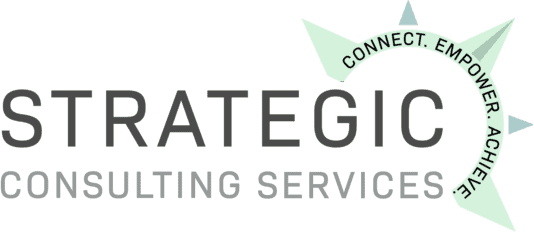Telework and Work From Home (WFH) are here to stay, and, as always, we are monitoring the situation with an eye towards those with disabilities. On the one hand there’s much to be grateful for when it comes to telework, most notably the flexibility it provides for employees to structure their day. It also affords the opportunity to design their environment (ie lighting and noise) in a way so that they can work happily and productively. But, there are tradeoffs, and telework has had some challenging side effects for those with mental health and cognitive conditions, leading to reduced productivity and less satisfaction. Some examples of teleworking challenges are:
- Feelings of feel isolation, including lack of getting feedback
- Difficulties in focusing, concentrating, and managing time
- Distracting, noisy, or un-ergonomic home environment.
Inspired by an excellent article on the JAN Website, we wanted to share some recommendations for best practices to support all remote employees – including those with a disability.
Communication is Key
Employers should stay in regular contact with remote employees to gauge their wellness and see if accommodations might help the employees be happier and more productive. Show that you care about the challenges the employees are facing by inquiring how they are doing. Then, see what assistance you can offer to improve their experience.
Being that the employer can no longer ‘walk down the hall’ to check on an employee, video platforms like ZOOM are great for checking in. Be sure that the employee has the opportunity to express their concerns and ask questions, as sometimes a meeting facilitator will have created an agenda that doesn’t include this opportunity. Also, if the employee connects with the company in a group format, make sure they know they are encouraged to privately express concerns directly to you.
Communication Goes Both Ways
Communicating your expectations of the employee is a must, as well as any organizational issues or changes that will affect the employee. Feeling left out or confused about what to do or what is happening can cause frustration, so ‘over communicating’ these important issues will reduce stress and uncertainty. Written follow-ups to verbal/video discussions are also effective, as employees can then go back to re-read what they need to know and remember.
Give ample opportunity to listen to the employees’ feedback. Giving employees a way to express their concerns can create a more positive environment. This can be done in a video platform meeting or a townhall-like format where employees are encouraged to ask their managers questions.
Help Employees Create Ergonomic Home Workspaces
It’s up to employees to create and monitor their home workspaces. Make sure they have the information they need to create a healthy setting to spend several hours a day. Particularly important are issues like:
- Desk height
- Chair type and height
- Computer/keyboard placement
These are important because the most frequent work-related injuries are related to poor ergonomics in the sitting posture. This helpful article on ergonomictrends.com clearly explains the ideal placement of the chair/desk/computer. Also important are things like light type and levels, sound levels, and clutter.
Be Flexible as An Organization
We recommend employers keep an open mind in considering their employees’ needs and look at an assortment of accommodations. If you listen to an employee and you gather that they are struggling with an aspect of their job, make accommodations for them whenever possible. Some employees want to return to work in the office some or all of the time. When possible, accommodate their needs. Employees greatly value having agency over their schedule. While some requests, like an employee asking for a different supervisor, might not be possible to grant, you can find out what the issue is with the supervisor and recommend a change in communication style or method.
Strategic Consulting is Your Partner in Managing Workplace Challenges
For twenty years, we have been helping companies in the Pacific Northwest with worker injuries, disabilities, and other vocational challenges. We are here to support you in this unprecedented era of teleworking and WFM.
We have partnered and provided solutions to some of the largest companies in the world (such as Boeing, Microsoft, and Amazon). But, at our core, we are still “people taking care of people,” one project at a time. Our success is built upon and providing you the best solution to your workplace challenge. Contact us today by filling out a form (below), submitting a referral, or visiting our ‘Contact Us‘ page to find your nearest office.
Ric has been working in the industry since 2002, specializing in developing employer jobsite analysis and light duty programs, ergonomics consultations and adjustments, disability accommodations and providing effective return to work solutions. Ric is Matheson trained in Ergonomics and is a Certified Ergonomics Evaluation Specialist. He earned a Bachelor of Arts Degree in Psychology from Western Washington University and later his Master’s Degree, M.Ed., Education Counseling from Seattle Pacific University. Ric is currently a Registered Vocational Rehabilitation Counselor for the Department of Labor and Industries and has been a Certified Disability Manager Specialist since 2006.

